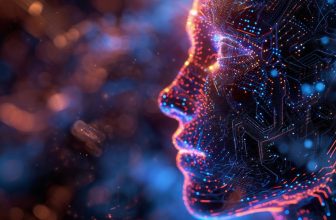
At the very beginning, Image Generative AI tries to catch the wave of the technological advancement that is changing the way visual content is produced and consumed. Using sophisticated algorithms and neural networks, these tools can craft gorgeous imagery from basic inputs and open new horizons for many peers from the Art, design, marketing, and content creation industries.
The effectiveness of Image Generative AI in speeding up the creative process is arguably its greatest positive aspect. Typically, the production of visuals requires a lot of time for placing orders, making sketches, and improving their quality. In the case of generative AI, a user simply describes a picture or a few ideas and the machine rapidly draws an elaborate picture. As a result of this provision, the creators can be presented with a number of different ideas, almost consecutively, and there is no time pressure to encourage them to make changes.
In addition to that, Image Generative AI enables the masses to create artwork and do some design. Even those with little artistic abilities can make use of these resources to create photos that look as if they were produced by a professional. This situation is advantageous to businesspeople, advertisers, and social media marketers as they can create attractive pictures for their advertisement campaigns, presentations, and online activities without being trained into graphic designing.

Customization is one more interesting aspect. Most of the AI driven platforms allow the users to choose the style, colors, and themes that they wish, thus allowing great personalization in the images which are generated. This aspect is essential, particularly for those brands that have an aim of achieving uniform look for their images in different sites.
On the conflicting side, Image Generative AI Infrastructures comes with the issue of originality and plagiarism. Critical debates about the authorship of such works as the creation of AI images are arising because of their widespread use in society.






